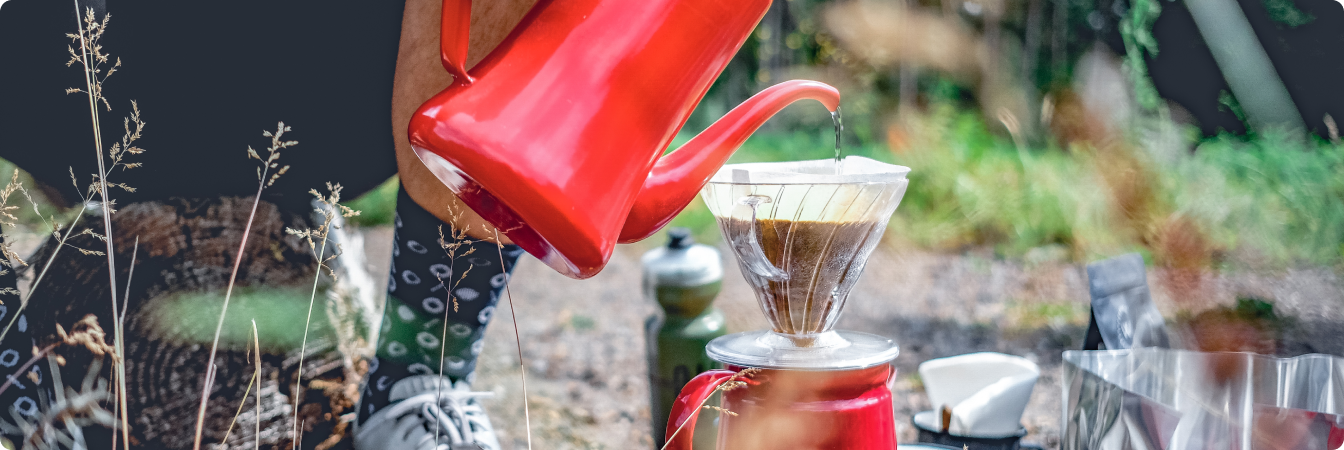Energising encounters
Stories that fuel our community.
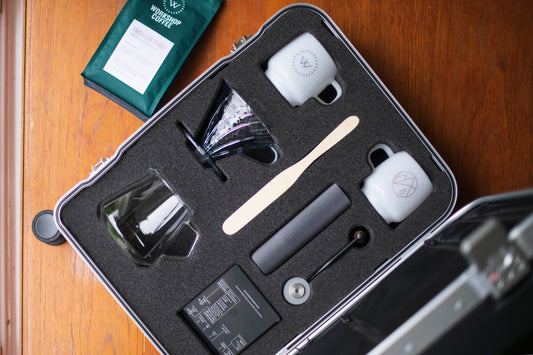
Travel with true coffee style: Workshop x Db.
As we gear up for a bank holiday weekend, travel is front-of-mind (as it so often is). To celebrate, we’ve teamed up with our friends at Db to offer a...
Travel with true coffee style: Workshop x Db.
As we gear up for a bank holiday weekend, travel is front-of-mind (as it so often is). To celebrate, we’ve teamed up with our friends at Db to offer a...
Read more
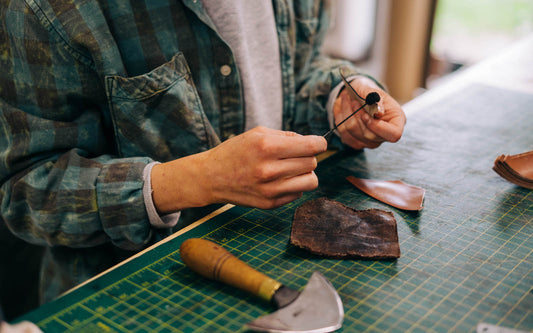
Tanner Bates x Workshop Coffee | Our Collaborat...
Life is not a straight line. Whilst some people discover their path early in life, others career their way towards their chosen vocation, taking time to discover what it is...
Tanner Bates x Workshop Coffee | Our Collaborat...
Life is not a straight line. Whilst some people discover their path early in life, others career their way towards their chosen vocation, taking time to discover what it is...
Read more
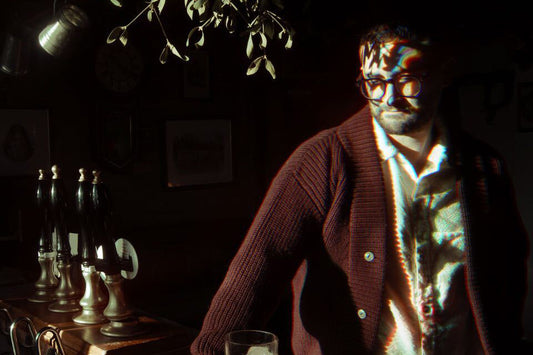
In Conversation with William Kroll, Tender
Photo credit: Rory Cole / Tender “This has become a project predominantly driven by a combination of curiosity and passion”, says Kroll during our latest catch-up over the phone. For...
In Conversation with William Kroll, Tender
Photo credit: Rory Cole / Tender “This has become a project predominantly driven by a combination of curiosity and passion”, says Kroll during our latest catch-up over the phone. For...
Read more
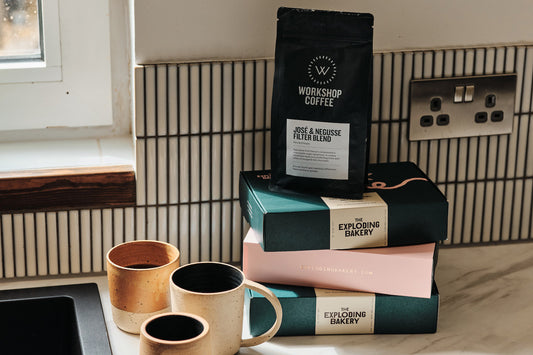
Workshop Coffee x Exploding Bakery | Win Except...
Founded in 2011, Exploding Bakery have been championing brilliant baked goods for over a decade. Committed to excellent ingredients, working with like-minded partners and producers, and doing so fairly, their...
Workshop Coffee x Exploding Bakery | Win Except...
Founded in 2011, Exploding Bakery have been championing brilliant baked goods for over a decade. Committed to excellent ingredients, working with like-minded partners and producers, and doing so fairly, their...
Read more
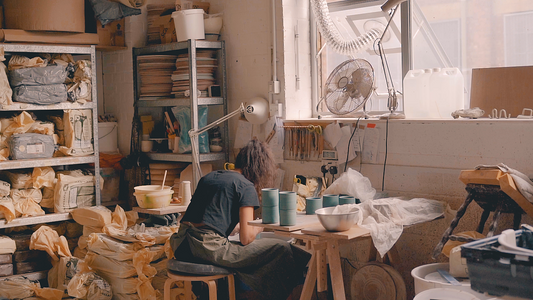
AR Ceramics x Workshop Coffee: Behind the Scenes
It’s been five years since our last ceramics release and what better reason to introduce our latest than in celebration of our 10th anniversary? Working closely with Andrea Roman of...
AR Ceramics x Workshop Coffee: Behind the Scenes
It’s been five years since our last ceramics release and what better reason to introduce our latest than in celebration of our 10th anniversary? Working closely with Andrea Roman of...
Read more
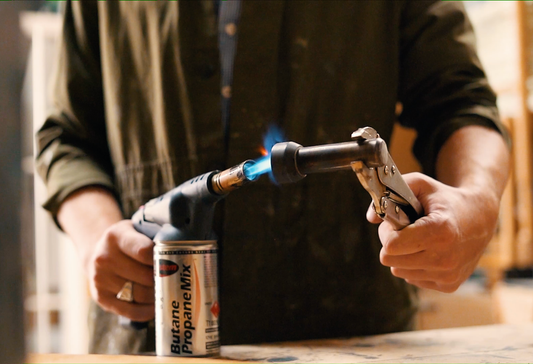
Creating a Thoughtful Studio – In Conversation ...
It’s quiet in the narrow lanes and on the leafy suburban streets of Hackney as we make our way to Fred Rigby Studio. That’s because it’s early. Fred likes to...
Creating a Thoughtful Studio – In Conversation ...
It’s quiet in the narrow lanes and on the leafy suburban streets of Hackney as we make our way to Fred Rigby Studio. That’s because it’s early. Fred likes to...
Read more
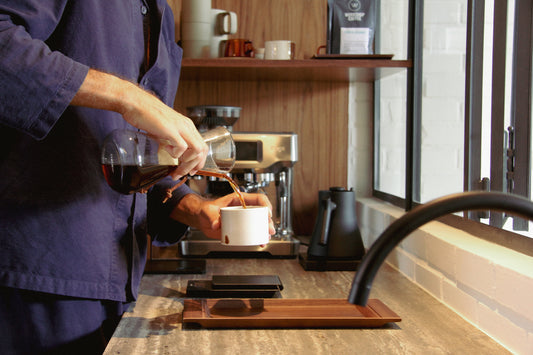
In Conversation with Rafael Oliveira – Creative...
Intermittently sipping his cappuccino from a cup made by Portuguese ceramic studio Studio Jav, Rafael Oliveira smiles warmly from behind the screen. The cup, combined with the pristine, white-washed brick...
In Conversation with Rafael Oliveira – Creative...
Intermittently sipping his cappuccino from a cup made by Portuguese ceramic studio Studio Jav, Rafael Oliveira smiles warmly from behind the screen. The cup, combined with the pristine, white-washed brick...
Read more
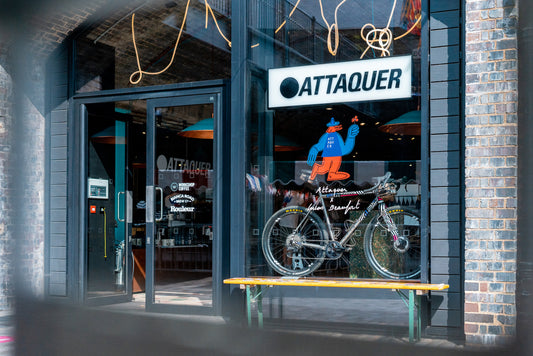
Workshop Coffee x Attaquer | Join Us in Coal Dr...
Purveyor of fine cycling apparel, Attaquer, are popping up in North London's Coal Drops Yard between Friday 9th and Sunday 18th July. We'll be working alongside them throughout the week...
Workshop Coffee x Attaquer | Join Us in Coal Dr...
Purveyor of fine cycling apparel, Attaquer, are popping up in North London's Coal Drops Yard between Friday 9th and Sunday 18th July. We'll be working alongside them throughout the week...
Read more

